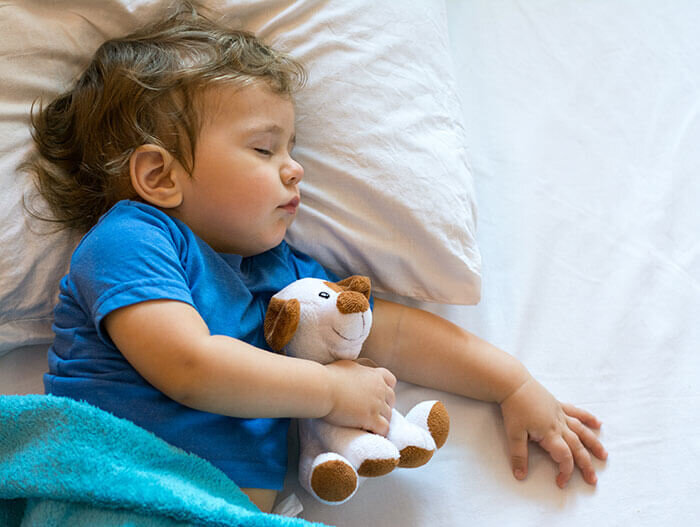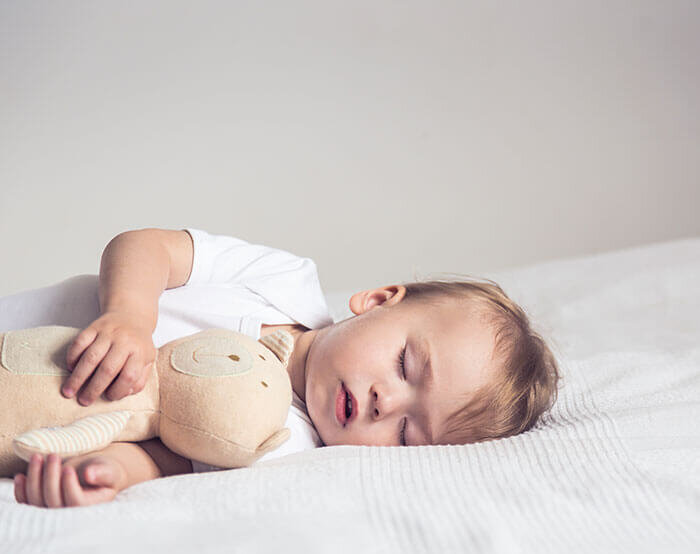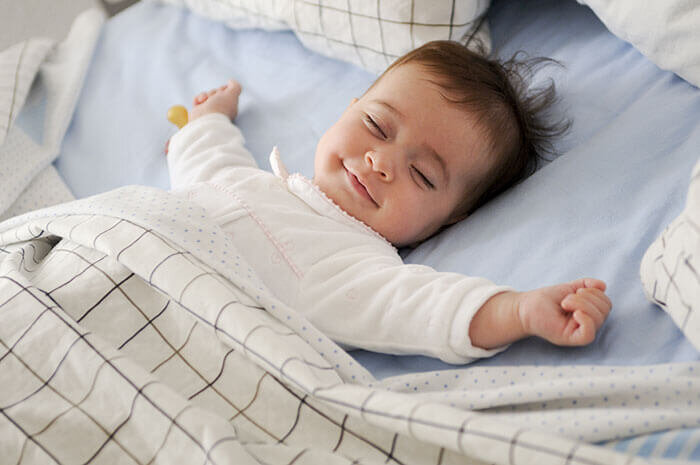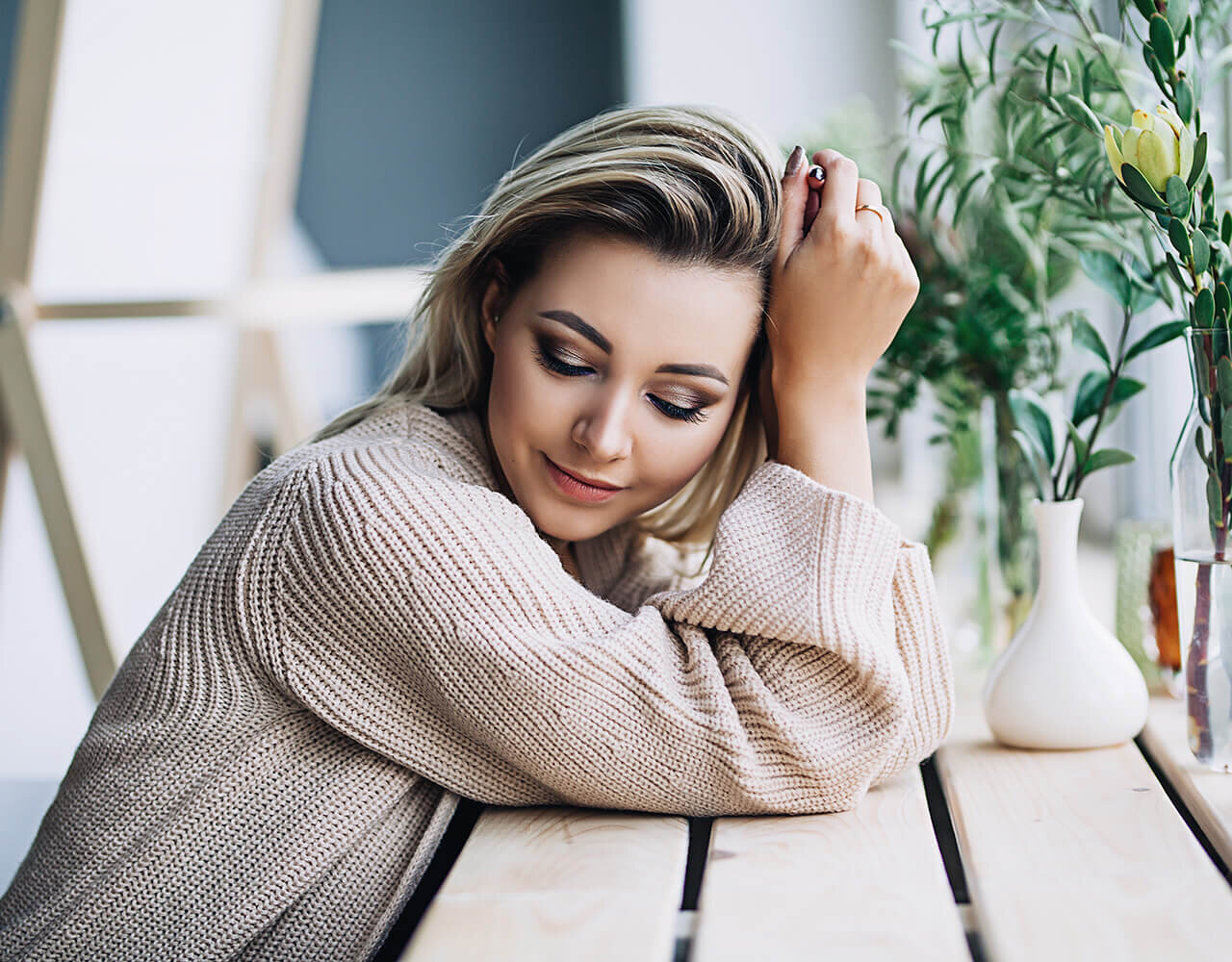Tips for a Smooth Transition from Crib to Toddler Bed
Transitioning your child from a crib to a toddler bed is an exciting milestone, but it can also feel overwhelming for both you and your little one. There’s no set age for making the switch—it could happen as early as 15 months or as late as 3 years old. The key is recognizing the signs that your child is ready, such as climbing out of their crib or expressing discomfort with it.
This transition marks a significant step toward independence, but it can also bring feelings of insecurity for your child. Your support and guidance are crucial as they adjust to their new sleep environment. While there may be a few sleepless nights, with patience, encouragement, and the right approach, you can make the move smoother and help your child embrace their toddler bed with confidence.
Here’s everything you need to know to successfully transition your child from a crib to a toddler bed, including tips on timing, safety, and creating a comforting sleep space.
When to Switch To A Toddler Bed
When to switch to a toddler mattress
There’s no specific timeline for when your toddler should transition to a larger bed. Some children start early while others might take a bit longer. In general, the age range tends to be between 18 months to 3 years.
Even if they are over the age of three, it’s okay to keep them in a crib so long as they are perfectly happy and don’t make any escape attempts. In general, around 90 percent of 18-month-olds still sleep in their crib while only 40 percent of 3-year-olds sleep in one.
One of the best ways to get your child used to a bed is to do a slow transition. By around the age of one you should put the mattress all the way down in the crib. Make sure that there aren’t any toys or bumpers for them to climb on.
The top of the crib should reach your child’s collarbones when they stand up. If your child is bigger than this, it’s probably time to move them into a bed.
You want to make the change before your child can climb out of the crib. With that said, some children are more adventurous than others and might try to make their escape at a younger age. Again, it’s all about keeping an eye on your child and understanding their needs. With that said, you don’t want to keep your child in the crib for too long. The longer they remain in the crib the more emotionally attached they may become, making it harder to transition to a real bed.
What If You Need The Crib For Another Baby
If another baby is on the way, you will need to move your toddler out of the crib so you can free it up for the new arrival. Don’t wait until the baby is already born to transition the toddler into their bed as this can lead to jealousy. After all, you’re giving something that was theirs to an ‘intruder.’
Making The Switch From Crib To Toddler Bed
You’ll want to begin the transition at least two months before the new baby is due to arrive, so long as your current child is at least 18 months old. Once you get your child adjusted to their new bed, they will start to become less emotionally attached to their crib and view it as a more neutral location.
To make the transition even easier, dismantle and store the crib so it’s out of sight. If you can’t do that, then fill it with stuffed toys or blankets to make it ‘unsleepable.’ This way, your toddler has the time and visual cues to separate themselves from seeing the crib as their sleeping place.
So what happens if your child is younger than 18 months? Well, you might have to keep them in the crib for a bit longer. When you finally do move your toddler into their bed don’t immediately move the new baby into the crib as this will lead to serious meltdowns.
Take at least a month or two to get your toddler used to their own bed and separating themselves from the crib. Once they are comfortable being away from the crib, then you can put the new baby in there.
Easing The Transition To A Toddler Bed
While it might seem simple to make the jump from a crib to a bed, you’ll need to plan out the logistics. Before you even start looking at beds, make sure that you choose the right timing for it.
You want to avoid making the transition when there are other major changes happening such as toilet training, giving up their pacifier, getting used to child-care arrangements, and so on. Too many changes at once can be overwhelming to children and can make it even harder for them to move away from their safe space of the crib.
Easing The Transition From Crib To A Toddler Organic Mattress
The best thing you can do is to take your time during the transition. Sure, it might be tempting to rush through it, especially if your child is escaping the crib, but it’s one of the biggest mistakes you can make.
Instead of moving at your pace, dial it back and move at your child’s pace. Yes, that will mean you’ll have to deal with your toddler getting up every few hours or crying, but it’s up to you to keep calm. Anytime you lose your temper, you take a step backward in the process.
Children are intuitive and will sense when something is forced and will resist it. So keep it positive and relaxed. Turn the transition into something fun and safe. The more secure they feel in this transition, the quicker they will adjust. This might mean that you will have to spend some time in their room for a week or two.
Choose The Best Toddler Bed
Choose The Right Organic Toddler Bed
Once you think your child is ready for a big-kid bed, it’s time to start looking at beds. Many parents will start putting their child’s crib mattress on the floor before fully transitioning to a bed. In terms of what kind of bed to purchase, there are two options: a toddler bed, or a twin bed outfitted with safety rails.
Either one will work, but the benefit of getting an actual twin bed is that you won’t have to purchase another bed until your child is much older. There are now even cribs that convert to toddler beds, which make the transition to sleeping in a bed much easier for your child.
Whatever model you choose for your toddler you want to make sure it ticks off the following boxes:
Sturdy. When you’re not looking there will be plenty of jumping, wiggling, and bouncing on the bed. You need to make sure the bed can withstand this harsh treatment.
Low to the ground. Your toddler is just getting used to being in a bed without rails so they might end up falling out. To limit injury, you want to make sure the bed is close to the ground. This also makes it easier for your child to get in and out of bed.
Rails. If you’re getting a twin bed, make sure that it comes equipped with rails as that can help prevent your child from falling out of bed when tossing and turning.
Simple. Your child doesn’t need any fancy headboards or intricate designs. All these decorations do is give your child more places where they can bump their heads or jam their finger. Choose a simple bed with a nice smooth finish to reduce potential injuries.
Matches with your mattress. If you’re buying a toddler bed, your best bet is to buy the organic kids mattress that comes with the bed. Toddler beds come in different shapes and sizes so rather than measure every single one, it’s easier to just purchase the mattress together for a snug fit.
Certified. If buying a toddler bed, look for the JPMA certification as that means the mattress and bed are safe for toddlers to use. Twin beds do not come with this certification.
Have Child Pick Sleep Accessories (Stuffed Animals)
Now that you’ve chosen the bed, it’s time to get your child involved in the process. Let them pick out their sheets, pillowcases, stuffed animals, etc. Not only will it make the bed more appealing to them, but it also gives them a sense of ownership of the bed. It will also make them more enthusiastic about using the big-kid bed.
Making The Transition From Crib To Toddler Bed
Of course, you don’t want to overwhelm them with decisions. Rather than let them choose from the entire selection, present only a handful of options to your child and let them pick from those options. When you find one that they like, make sure to buy a couple in case of middle-of-the-night accidents.
You should also let your child keep old comfort objects such as stuffed toys and an old blanket to help make the transition easier. While some parents have found success in weaning their child off these objects, many more find that trying to transition to a new bed and wean has led to failure on both accounts. The best advice is to do a single change at a time so your toddler isn’t overwhelmed.
Establish a Bedtime Routine
Establish A Bedtime Routine With Your Toddler
If you haven’t already, now is a perfect time to establish a consistent bedtime routine. It doesn’t have to be anything complicated, but you should follow the same steps every night at the same time. This might mean reading a story, talking about your child’s day, singing a song, etc. The point is that your child should be looking forward to going to bed.
A consistent bedtime routine will also provide your child with stability during this transitional time. If your child already has a bedtime routine (hint, they should) make sure you don’t change it up. By keeping the same routine, you’re letting them know that things aren’t so different and that they are still safe and secure even if they’re moving to a bigger bed.
Before you fully make the transition, a good way to get your child used to the bed is to use it for nap times in the beginning. Make sure they still have access to all of their favorite comfort items during nap and bedtime.
Once they’ve gotten used to sleeping in the bed, set a date for the big move and help your toddler count down to the date. You can mark the days off or you can move one stuffed animal from the crib to the bed each day until the big move. You don’t want to put the move date too far in advance as that could cause some anxiety for your child. Instead, choose something that’s at most a week away.
Child-Proof Your House
Since your child won’t be confined to a crib anymore, they’ll be free to come and go as they please. For the most part, your kids will probably visit your room every couple of hours (or minutes) as they still aren’t used to sleeping in a bed. You’ll need to verbally and physically return your child to bed whenever they get out.
However, that’s not enough to keep them safe. They might decide they want to explore the house and open up cabinets or just play around. To keep them safe throughout the night you’ll need to make sure that your home is safe.
That means having childproof locks on all of your cabinets, covering up any electrical sockets, tidying up loose wires, and so forth. If you can’t baby proof areas of your home, it might make sense to install a baby gate in their room to prevent them from wandering around.
If your child manages to climb over these gates, you should close the door and put a doorknob cover on the inside of the door to her room to prevent them from leaving.
Don’t Expect an Easy Transition
While some children have an easier transition than others, most kids take at least a month or so to get used to their new surroundings and bed. During this transitional time, they’ll try the following tactics:
Resisting the bed. Whenever you bring up the prospect of going to sleep in their bed you’re met with a firm no. So what can you do you do? If your child is pushing back every chance they get, it probably means they need more time. Back off and let them get used to the idea a bit more before trying again.
Leaving the bed. Even if you get your child happy into bed they may end up leaving multiple times throughout the night often to check in on you. While some toddlers might view their bed as a scary change, others don’t view it as a place to sleep. So you’ll have to consistently walk them back to their bed to make sure they get the idea.
Avoiding the bed. While they might not outright tell you they don’t want to go to bed, they’ll try to stall as long as possible by asking for another song, or playing with a toy, or hiding a toy and saying they can’t find it, and so on. It’s important to stick to your bedtime routine and get your child in bed and then find their toy, book, etc. after they are already in bed. Otherwise, you signal to your child that it’s okay to break their bedtime routine.
Remember that patience is key. Sure, it might be annoying that your child keeps popping in asking to get a drink of water or to go to the bathroom, etc. You need to firmly lead them back to their room and repeat as many times as it takes. Keep it as boring as possible so that they know that it is bedtime. When your child does manage to sleep through the night, praise them the next morning for their good bedtime habits.
The Transition From A Crib To a Toddler Bed Is A Big Change For Children
The transition from a crib to a toddler bed or a toddler organic mattress is a big change for children. While it might seem impossible in the beginning to get them to stay in bed, ultimately they will learn to love the space.
Just make sure that you stay consistent in your bedtime routine and making sure they stay in bed. A great way to introduce the idea of a big-kid bed is to read a few books on the topic to your child even before you make the move. That way, they’ll know what to expect and be more prepared.
It might seem like this transition will take forever, but soon they will be used to their new surroundings and eventually won’t even need you to put them to bed. Every child will get used to their new bed at different rates so don’t be frustrated if yours takes longer than a month. If they are very resistant to the bed, you might need to go back to the crib for a little bit. If that’s the case, don’t worry. Children mature quickly so they will probably request their big-kid bed in a couple of weeks.
Karen A Mulvey is a personal social blogger and mom with 14 years of experience in the every day world of motherhood and sustainable product research. Karen is on a mission to help everyday families select sustainable, non-toxic organic products, stop stressing about uncertainties on sustainable home goods and apparel, and start living the life they’ve always wanted.
Follow Karen at @karenAmulveycs | Karen A Mulvey



















